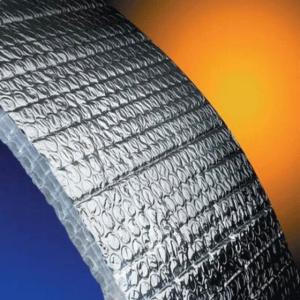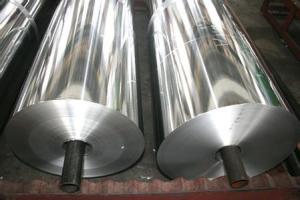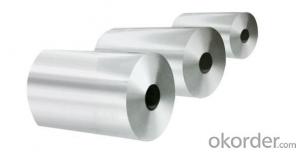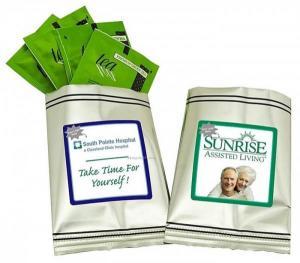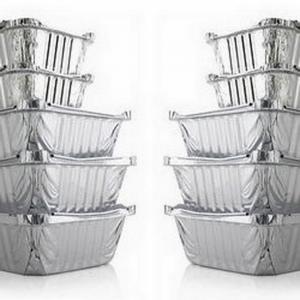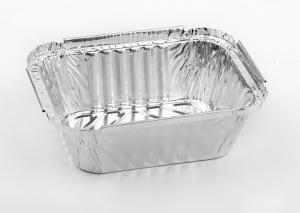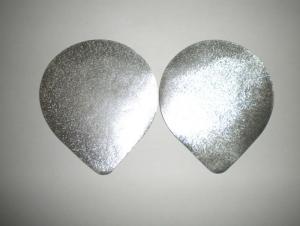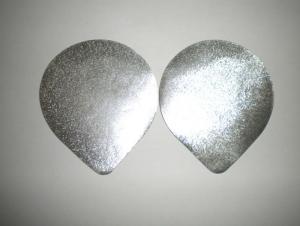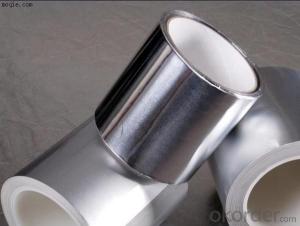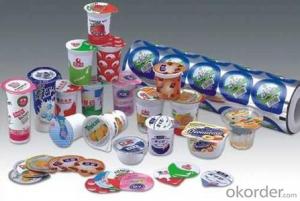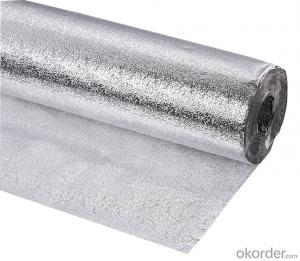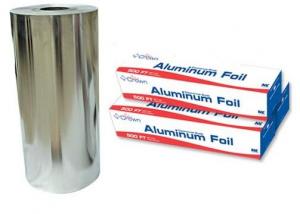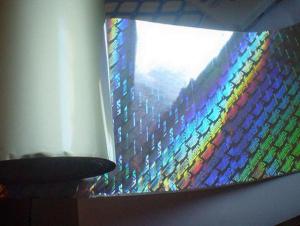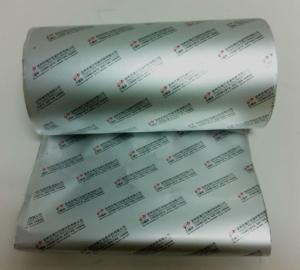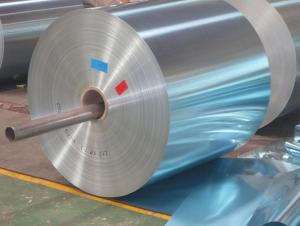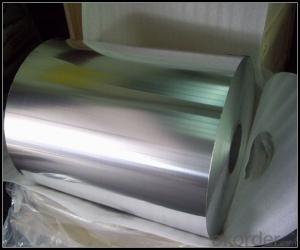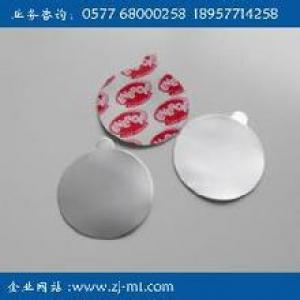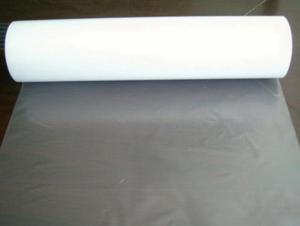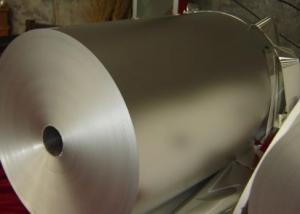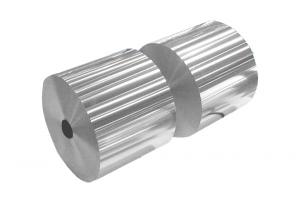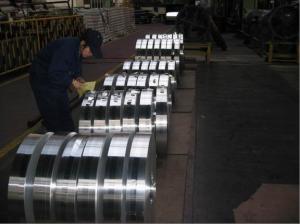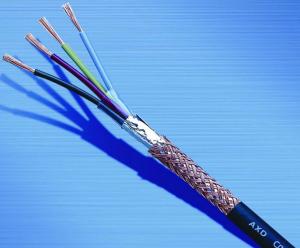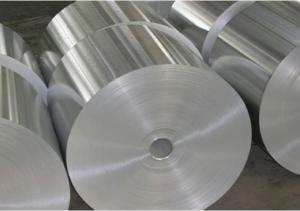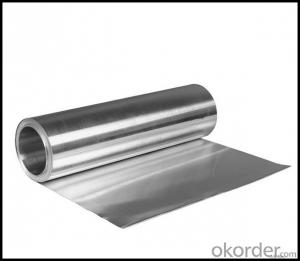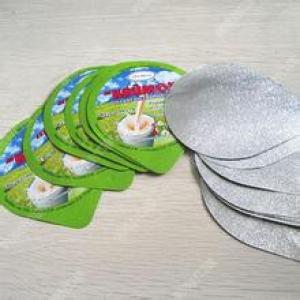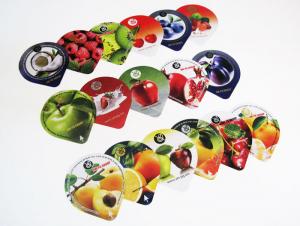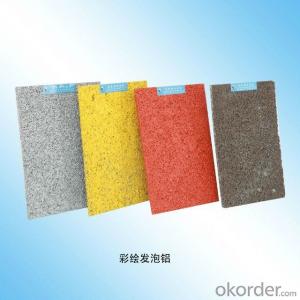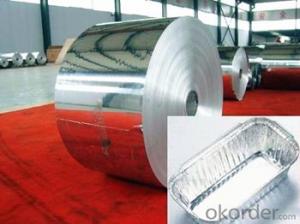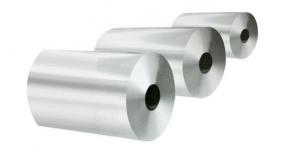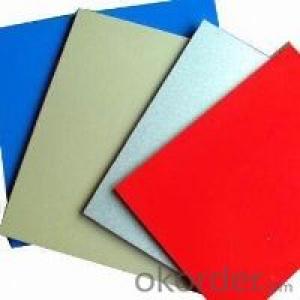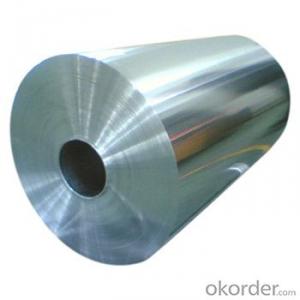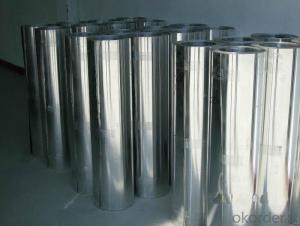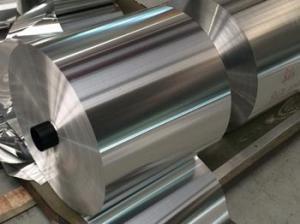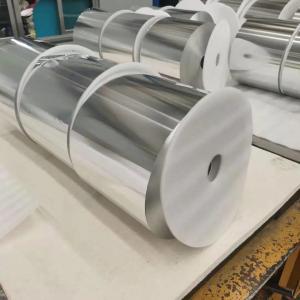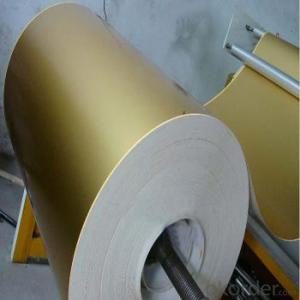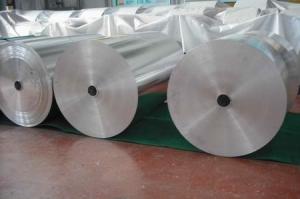Shiny Or Dull Aluminum Foil
Shiny Or Dull Aluminum Foil Related Searches
Shiny Or Matte Aluminum Foil Dull Or Shiny Side Of Aluminum Foil Aluminum Foil Shiny Side Or Dull Side Shiny Side Or Dull Side Of Aluminum Foil Shiny Aluminum Foil Shiny Or Dull Side Of Aluminum Foil For Cooking Shiny Or Dull Side Of Aluminum Foil Smoking Shiny Side Aluminum Foil Shiny Aluminum Foil Ball Shiny Part Of Aluminum Foil Aluminum Foil Shiny Ball Aluminum Foil Shiny Side Shiny Side Up Aluminum Foil Dull Side Of Aluminum Foil Colorful Aluminum Foil Decorative Aluminum Foil Aluminum Or Tin Foil Appearance Of Aluminum Foil Durable Aluminum Foil Tanning Aluminum Foil Sticky Aluminum Foil Diamond Aluminum Foil Tin Or Aluminum Foil Aluminum Foil Thick Simply Done Aluminum Foil Foil Aluminum Sterile Aluminum Foil Aluminum Tin Foil Custom Aluminum Foil Art Aluminum FoilShiny Or Dull Aluminum Foil Supplier & Manufacturer from China
Shiny or Dull Aluminum Foil is a versatile material known for its reflective and protective properties, available in both shiny and dull finishes to cater to various needs. This product is widely used in a range of applications, including food packaging, insulation, and decorative purposes, making it an essential item in both commercial and household settings. Its ability to preserve freshness and protect from external elements has made it a popular choice across different industries. As a wholesale supplier, Okorder.com offers a vast inventory of Shiny or Dull Aluminum Foil, ensuring that customers have access to a reliable and consistent supply of this essential product. With a commitment to quality and customer satisfaction, Okorder.com stands out as a trusted source for all aluminum foil requirements.Hot Products
